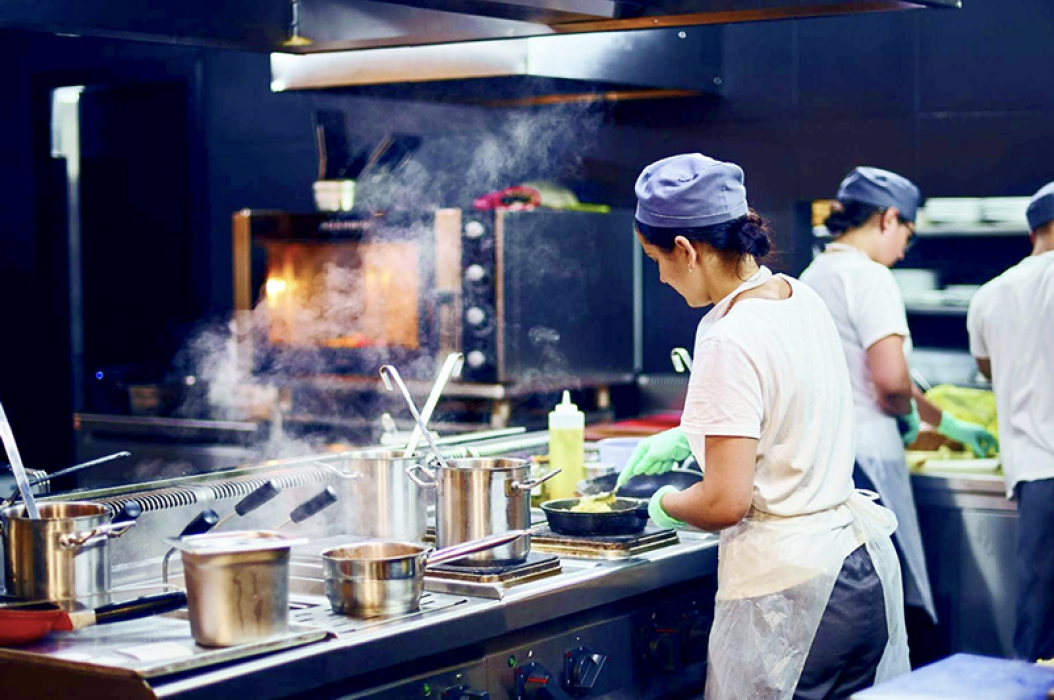Reduced overheads.
There are many costs associated with opening a restaurant; one of the toughest ones being the rent on your premises. Up there with the building is the hiring of serving staff. Then there’s decor, furniture, kitchen equipment. It soon adds up. By stripping the requirements back to a simple kitchen, it hugely reduces the initial cost to set up while simultaneously increasing their capacity to cater for the wider delivery market. Taking away the eat-in experience, whilst it may seem strange to traditional diners, significantly reduces the overheads.
Because of the flexibility that comes with opening a dark kitchen, the risk to business owners is significantly less. Proprietors of dark kitchens don’t have the stress of renovating premises every time food trends change. Rather than spending huge amounts on paint or reprinting menus, they can focus their funds towards experimenting with new ingredients.
The consumer power of millennials.
Millennials have to come to expect a certain type of consumer experience. Be it food, retail or other services, they want results fast. In the age where you can buy pretty much anything at the touch of a button, millennial consumers want results that are just as instantaneous.
Dark restaurants can really capitalise on the lack of (or perceived lack of) time. Gone are the days of calling the local takeaway, placing your order with a member of staff and going to collect. Statistics show that millennials will go out of their way to avoid talking on the phone so the dark restaurants are quite literally catering to the expectations of their target audience.
Technology on side.
The dark and virtual kitchen boom wouldn’t be possible without the aid of technological advances over the past few years. It’s never been easier to order your favourite takeaways from your smartphone thanks to the big hitters like Deliveroo, Uber Eats and Just Eat. Their flexible business model of taking a percentage of the sales through their platform means they can promote the various restaurants without the overheads of premises and excess staff.
The insights from the technology used can help these restaurants to forecast their busy periods and make adjustments accordingly. This might result in extra supplier orders, amended delivery times or additional staff for example, ultimately helping them to streamline their processes.
Particularly throughout the recent lockdown, dark restaurants have been some of the first to be able to start feeding the nation again. With everyone at home wanting the comfort of their favourite takeaways, it’s been the smaller dark restaurants that have been the first to reappear on the apps. Every year, we see an increasing number of high street restaurant chains shutting their doors. It’ll be interesting to see how some of these larger restaurants adapt to the new, digital way of dining.
Interested to see how Parable service the food sector? Read more here.
